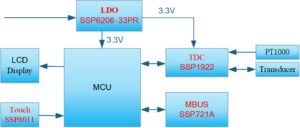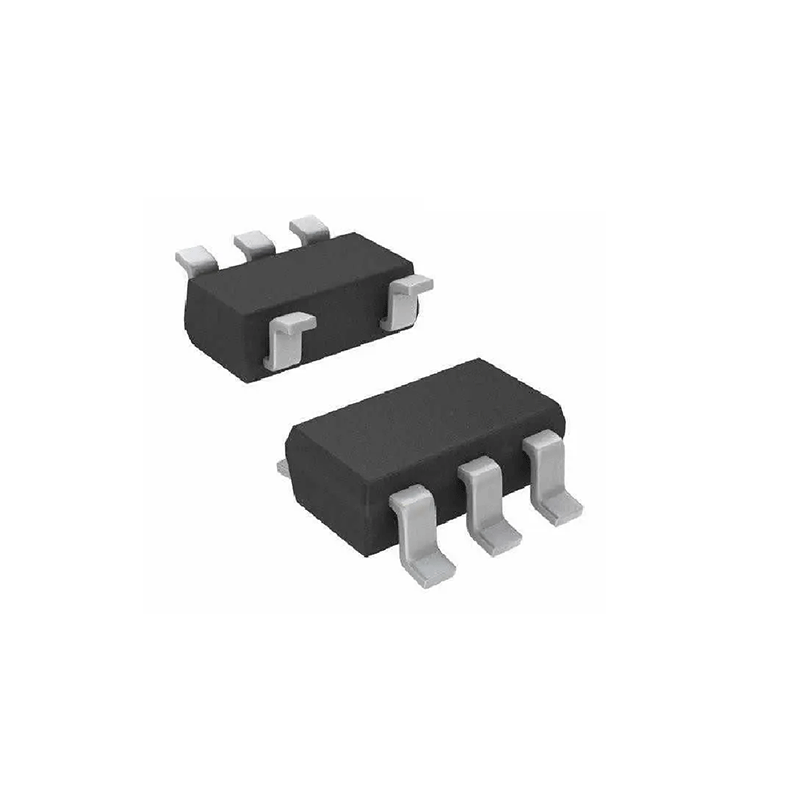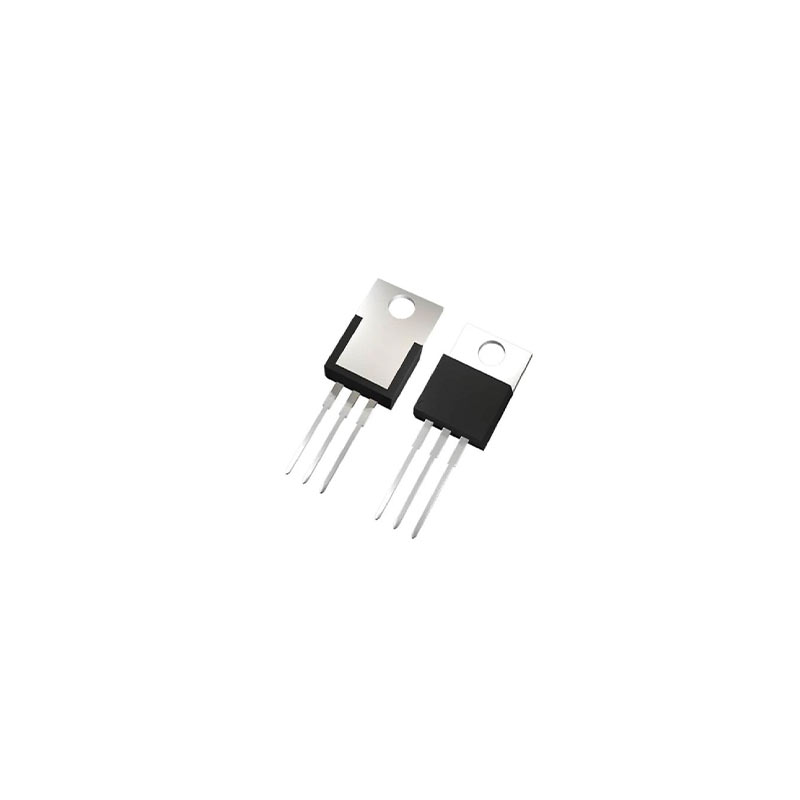Overview of Ultrasonic Heat Meters
Ultrasonic heat meters are instruments that measure flow rates and display the thermal energy released or absorbed by water passing through a heat exchange system using ultrasonic methods. The device calculates the heat energy by measuring two physical quantities—the flow rate of the heat carrier and the temperature difference between the inlet and outlet—then applies compensation for density and enthalpy values and performs integration. Specifically, the ultrasonic time-difference method relies on the time difference of ultrasonic signals propagating in the fluid to measure flow rates.
Ultrasonic Heat Meter Principle Diagram

Overview of Siproin Components Used
SSP6206-33PR:
The SSP6206 series is a high-precision, low-power, three-terminal positive voltage regulator manufactured with CMOS and laser trimming technology. This series offers high current and low dropout voltage. The primary reasons for choosing this LDO in this application are its low power consumption (5μA@6V) and low dropout voltage (0.19V@100mA), which significantly extend battery life. When the battery voltage drops below 3.3V, the chip’s quiescent current remains stable without excessive drift.
SSP1922:
The SSP1922 is a high-precision time-to-digital converter (TDC) circuit. It integrates components such as analog comparators, analog switches, and Schmitt triggers, simplifying peripheral circuit designs. Additionally, it features a first-wave detection function that greatly enhances anti-interference capability. Users can read the relative width of the first echo pulse to determine signal strength, providing diagnostics for anomalies such as ultrasonic transducer faults, increased pipe wall deposits, or air bubbles in the water. The command StartTOFRestart allows for ultrasonic time-difference measurements (both forward and reverse flow) and data reading, reducing software complexity and minimizing power consumption. It is compatible with the TDC-GP22.
SSP721A:
The SSP721A is a transceiver chip compliant with the M-BUS standard for metering (EN1434-3, EN13757). Its internal interface circuitry adapts to the varying levels between the master and slave devices in the bus structure. The chip can connect to the bus with polarity-free wiring and supports full electrical isolation via optocouplers with the slave device. It is powered by the bus, adding no extra power demand to the slave devices, and includes built-in fault indication for bus voltage. The receiver features dynamic level recognition, while the transmitter provides a programmable current source. Additionally, the chip integrates a 3.3V voltage regulator that delays shutoff in case of bus faults.
SSP8011:
The SSP8011 is a low-power single-key touch sensor IC. The operating mode is divided into Normal mode and Low Power mode. Button mode or Switching mode output can be choosed, and the output level mode is optional.
_画板-1@2x.png)



